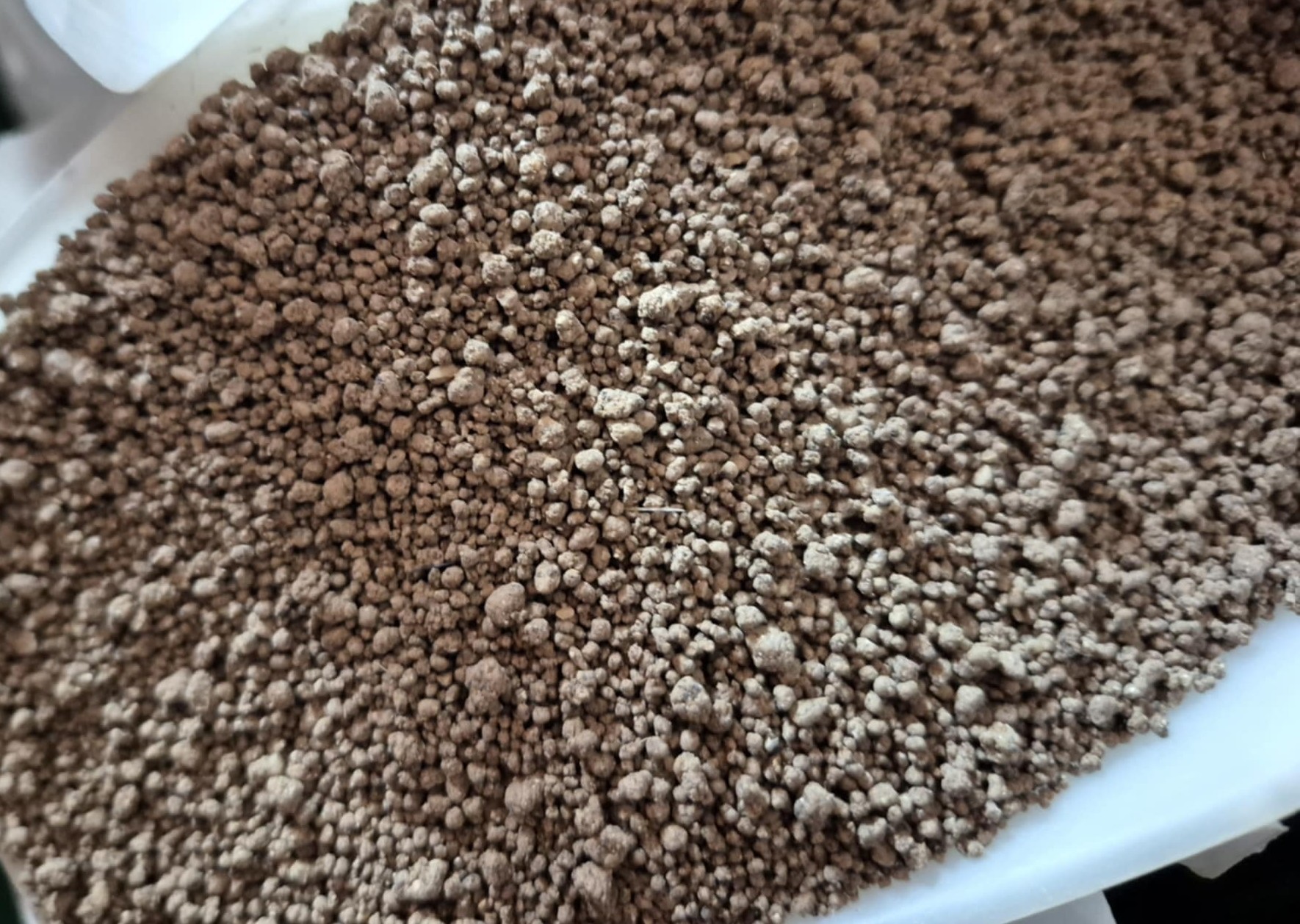
Bone Meal 4-10-0
Enhance your garden with Bone Meal, an organic fertilizer rich in phosphorus, perfect for promoting strong roots and vibrant blooms.
CA$20.89
Bone Meal | Organic Fertilizer for Robust Roots and Lush Blooms
Enhance your garden with Bone Meal, an organic fertilizer that is high in phosphorus, ideal for fostering robust roots and stunning blooms.
What does Bone Meal contain?
Bone meal is a blend of finely and coarsely ground animal bones.
Bone meal is primarily composed of phosphorus (represented by the 'P' in NPK). This nutrient is crucial for plant development as it facilitates growth.
Bone meal promotes the growth of larger and healthier fruits. It also provides essential minerals like calcium, phosphorus, iron, magnesium, and zinc, in addition to traces of other elements.
Phosphorus is the nutrient that, in both humans and animals, contributes to the formation of strong bones. When these bones decompose, they release phosphorus into the soil, making it available for plants. Subsequently, phosphorus aids plants in forming healthy stems, leaves, flowers, and seeds. In some instances, these plants are then consumed by animals or humans, reintegrating phosphorus back into the cycle to strengthen bones and stems.
This garden fertilizer also contains a significant amount of calcium and some nitrogen. However, its primary use is for phosphorus, with calcium and nitrogen serving as additional benefits for the soil.
Advantages of Bone Meal
Enhanced fruit and seed yield
Stronger root systems for newly growing plants
Encourages healthy, vigorous growth
Provides resistance against pests and diseases
Promotes large, beautiful blooms
Disadvantages of Bone Meal
Here are some drawbacks associated with using bone meal fertilizer:
It acts as a slow-release fertilizer, meaning it won't provide an immediate benefit to your plants.
This is not a balanced fertilizer. If your plants require additional nutrients, you will need to apply a different fertilizer along with bone meal.
If not thoroughly mixed into the soil, the smell may attract scavenging animals. Store the bag securely so that animals cannot access it.
Bone meal fertilizer is most effective in soils with a pH below 7. Alkaline conditions can hinder nutrient absorption.
How to Apply Bone Meal
Spread 1 tablespoon over every 2 square feet of soil (equivalent to 3 cups per 100 square feet). When planting, integrate the fertilizer with the backfill soil. If the plant is already in the ground, sprinkle the bone meal over the top and rake it into the soil.
After applying bone meal, lightly water the soil so it can start breaking down. This will release nutrients over a period of about four months.
